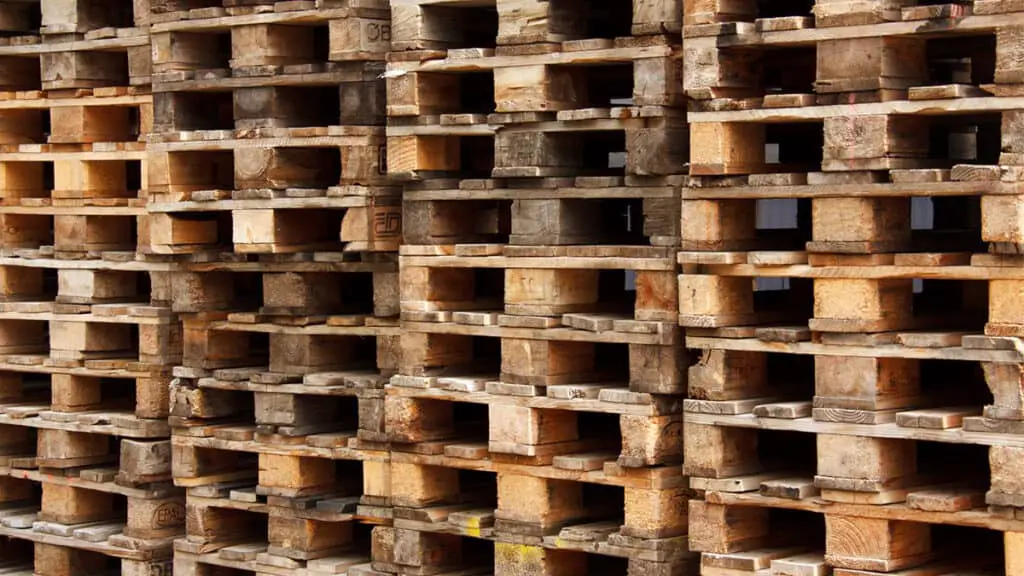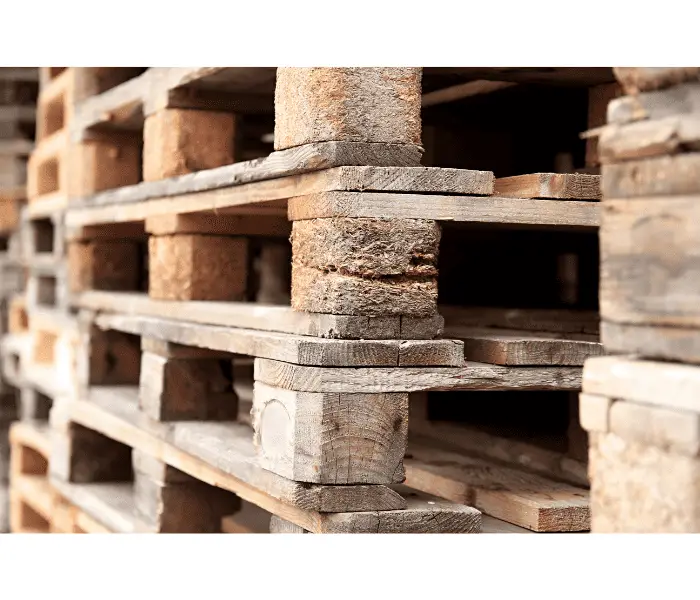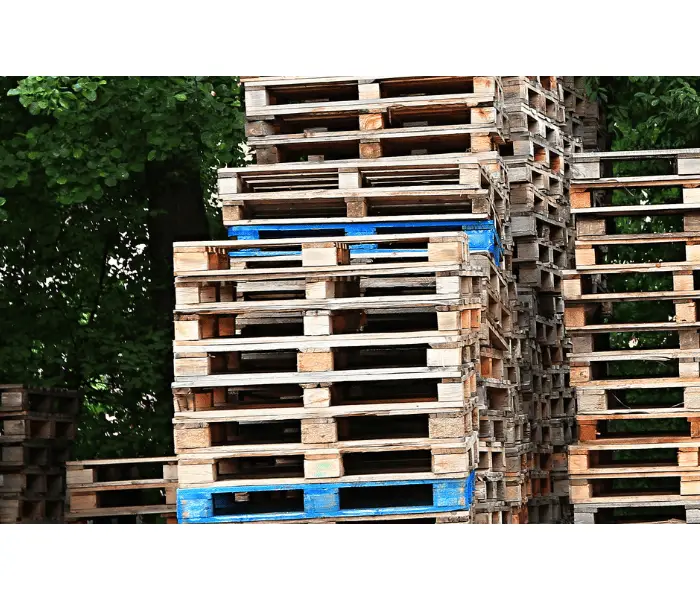Wood burners are a prevalent choice for homeowners seeking a cost-effective and environmentally-friendly heating source.
As logs become increasingly expensive, many homeowners and DIY enthusiasts have considered pallets as an alternative fuel source. Pallets are generally easy to find and often inexpensive.
But the question is, can I burn pallets in my log burner? While technically possible, it’s generally not recommended due to potential risks: many pallets are treated with harmful chemicals or can contain metal fasteners, both of which could damage your burner or release toxic fumes when burned.
This article will delve into the implications of burning pallets in your wood burner, exploring safety concerns, potential toxic threats, and local regulations, with a focus on the UK context.
Pallets and Their Use in Log Burners
Hardwood or softwood pallets are attractive to burn due to their apparent abundance and lower cost compared to standard firewood.
However, pallets are not created equal; they can be new, reused, or chemically treated for various reasons, such as preventing the spread of pests or increasing longevity.
Despite their economic appeal, burning pallets in log burners poses a series of potential risks that users must be aware of. These risks can range from health hazards due to the release of toxic fumes to equipment damage due to the high heat generated by some types of pallet wood.

Are Pallets Safe to Burn in a Wood Burner?
The safety of burning pallets in a wood burner depends significantly on their type and the nature of their treatment. At a glance, new, clean pallets might appear harmless.
However, treated or painted pallets, when burned, can emit toxic fumes hazardous to both human health and the environment.
Many pallets are heat-treated, which is generally considered safe. However, some are treated with Methyl Bromide, a harmful pesticide. Identifying the treatment used can be tricky as codes used to denote this vary.

Is the Blue Paint on Pallets Toxic?
If you’ve ever noticed blue paint on pallets, this signifies that they belong to a pool of reusable pallets under the management of a company like CHEP.
The blue paint and the wood beneath it can contain harmful chemicals and heavy metals.
Burning such pallets releases these toxic substances into the air, leading to possible respiratory issues and environmental pollution.

Why Should You Not Burn Pallets?
Burning pallets comes with several potential dangers. First, the toxic fumes from chemically treated or painted pallets can harm your health and the environment.
Long-term exposure to these toxins can lead to serious health problems, including respiratory diseases and cancer.
Second, the heat generated from burning some types of pallet wood can damage your wood burner, causing malfunctions or significantly shortening its lifespan.
What Happens If You Burn Treated Pallets?
Chemically treated pallets are often preserved with various substances, including pesticides and fungicides, to increase their lifespan and durability.
Burning these pallets releases toxic gases like dioxins and furans, known carcinogens.
Not only will these smell bad, but inhaling these gases can lead to immediate respiratory problems and even long-term health issues.
Can You Burn Pallets in a Wood Stove UK?
In the UK, burning treated wood, including pallets, is discouraged due to potential health and environmental hazards.
Furthermore, regulations under the UK’s Clean Air Act necessitate burning only suitable materials that adhere to environmental standards. Violation of these regulations can lead to fines and penalties.
Pallets and Log Burners
While burning pallets in your log burner may seem a convenient and economical solution, the potential risks and repercussions are significant.
From health and environmental hazards to potential damage to your heating appliance, using pallets as fuel may not be a wise choice.
Always adhere to local regulations and prioritize safety and sustainability above all else.



